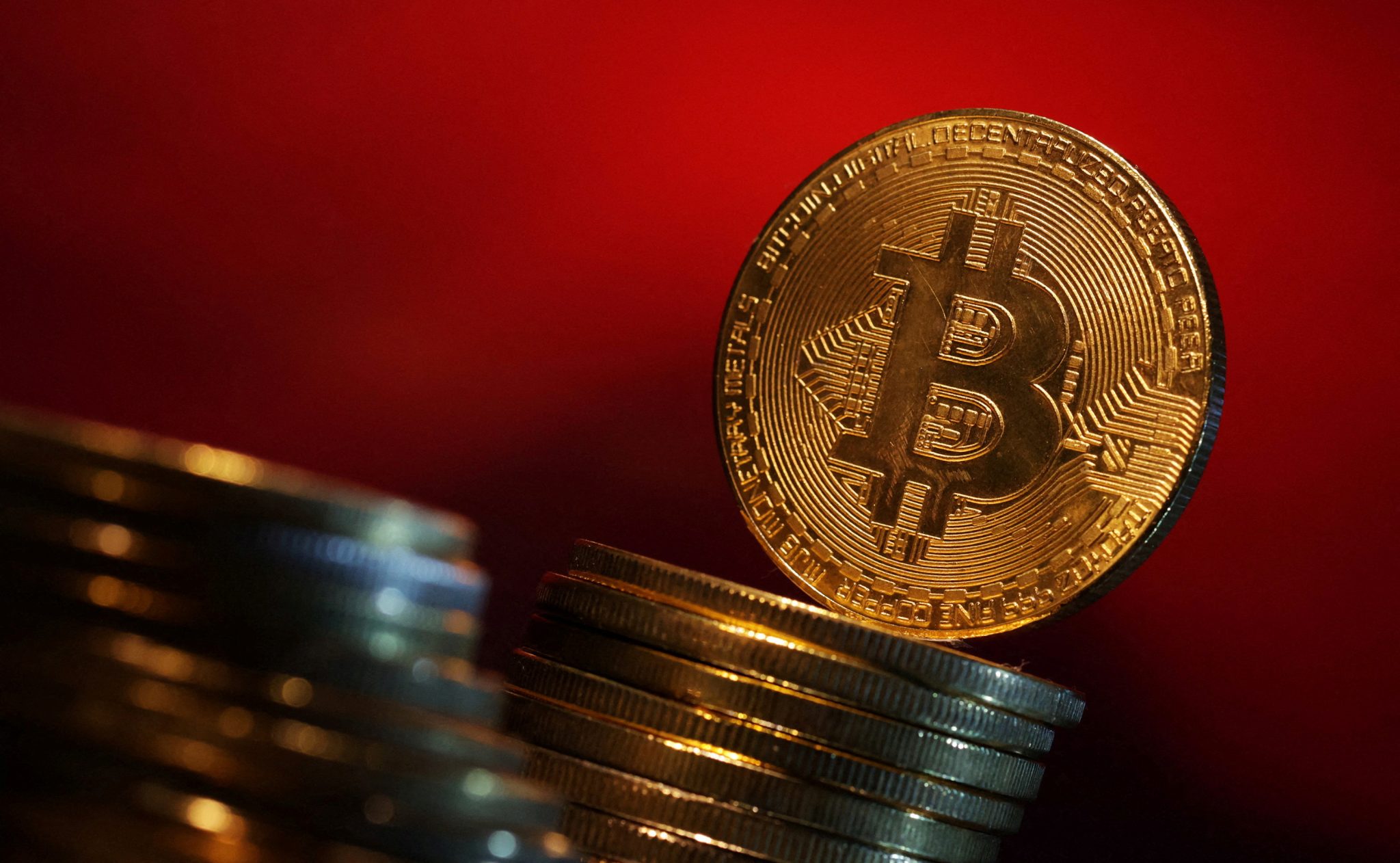After months of lackluster price action, cryptocurrency investors were eagerly awaiting a possible Fed rate cut in September to trigger a rally in the market.
But Bitfinex analysts warn that rising recession fears could lead to a deeper market correction instead.
According to Bitfinex analysts, if the expected rate cut coincides with a recession, Bitcoin (BTC) could experience a significant drop of 15%-20%. This scenario could push Bitcoin’s value down to the $40,000-$50,000 range.
“Typically, rate cuts are perceived as bullish catalysts for risk assets,” the Bitfinex team wrote, adding: “A 25 basis point rate cut would likely signal the start of a standard rate cut cycle, which could lead to long-term price appreciation for BTC as recession fears ease. Such a move would demonstrate the Fed’s confidence in the resilience of the economy and reduce the likelihood of a severe downturn.”
But analysts warn that a more significant 50 basis point rate cut could only cause a short-term 5%-8% increase in Bitcoin’s price. This initial surge could quickly be offset by growing concerns about an impending recession, leading to further asset price declines. The Bitfinex report suggests that this scenario could mirror previous examples where aggressive rate cuts have only provided temporary increases to asset prices before being overshadowed by rising economic uncertainty.
Adding to the uncertainty, analysts noted that September has historically been one of the weakest months of the year for Bitcoin, and seasonal effects could exacerbate the downward pressure.
Despite the gloomy outlook for September, there could be a silver lining for investors. Crypto analytics firm K33 Research argues that the bearish trend in September could present an attractive buying opportunity, especially with the coming months looking more favorable.
“Buying in September to gain exposure for Q4 has historically been the best spot strategy,” said Vetle Lunde, senior research analyst at K33. The period from October to April has historically been the strongest for Bitcoin, Lunde said. An investor who bought in October and sold in April has returned 1,449% since 2019, while those who followed the opposite strategy have seen net negative returns.
K33 Research also highlighted potential positive catalysts for a strong year-end. Significant selling pressure from government agencies and Mt. Gox has largely abated, with approximately $14.5 billion expected to be redistributed to FTX creditors later this year. Bulls are hoping that some of this money will be reinvested into the crypto market, potentially providing a boost to prices.
*This is not investment advice.









